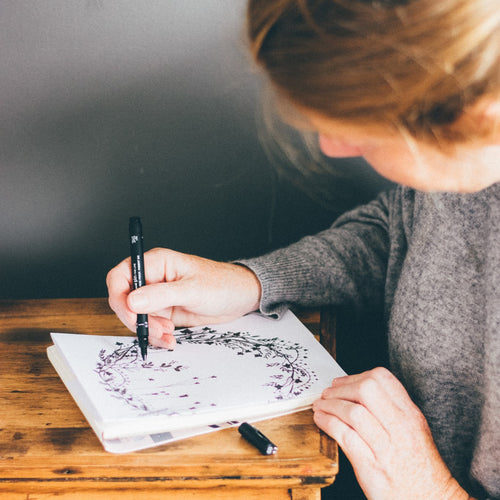


The History of the Tea Towel - As I was drying up, yet again, the other day, I wondered where the term 'tea towel' came from. A little foray on Google soon told me that way back in the 1800’s the Great British tea towel was an elegant linen drying cloth that the lady in the home would use to dry her best china tea set. Linen was considered the material of choice for tea towels as it was of good quality, practical and didn’t scratch the items it cleaned. Over the years, linen tea towels have been replaced with cotton or cotton and linen mix often because this is a cheaper fabric for manufacturers, but for me, linen is the queen of cloths and definitely the fabric I favour! The Benefits of Linen - Some of the reasons I love to work with linen and make linen tea towels are because linen is eco-friendly, it's extra absorbent, long lasting, high quality, is non-scratch and just perfect for getting a shine on glasses. Added to this, linen also has multiple uses, not only do linen tea towels do a great job at drying dishes but they also act as an effective tool to keep bread and patisseries warm and you can even wrap it around your teapot if you don’t have a tea-cosy! There's nothing better than a bit of music when you’re drying dishes, so check out this link to legendary textile artist Pat Albeck who appeared on BBC Radio 4 Dessert Island Discs recently. We listened to this in the studio last week and loved it! Looking forward to catching up with you again in a few weeks time. Helen




Interesting to read about your rationale for the use of linen in making tea towels. As a tea towel collector I entirely agree that pure linen tea towels have good absorbency; they also have good life expectancy. I love reading the views of people with a passion for tea towels, whether making or collecting them. Love your Rame Head collection.
Leave a comment